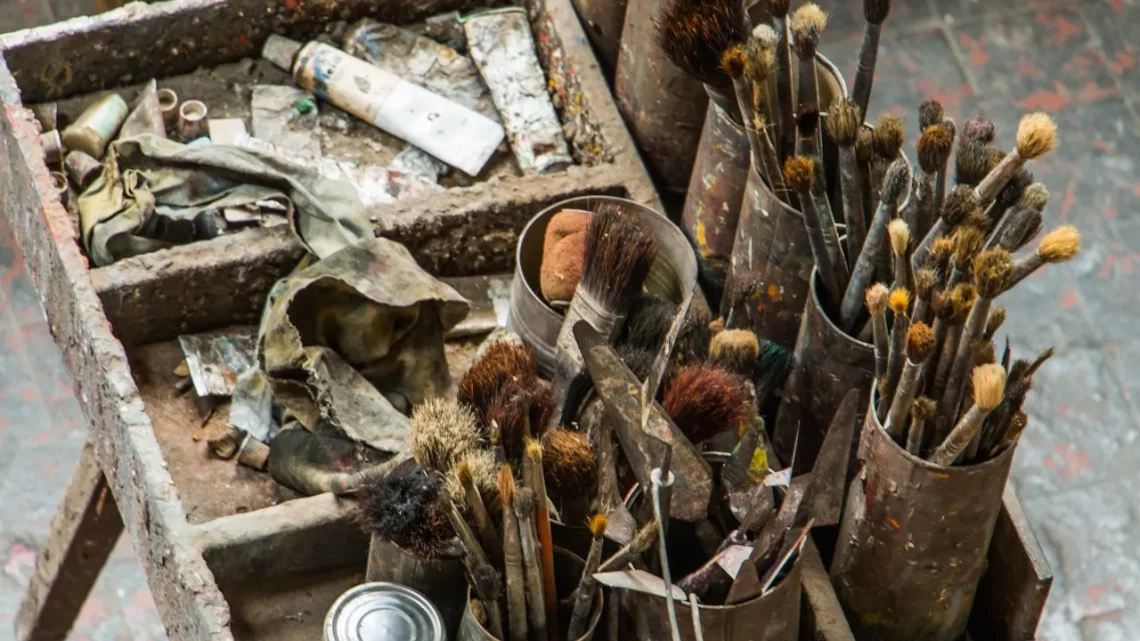
The Ultimate Guide to Choosing the Right Men’s Hair Brushes
Choosing the right hairbrush can significantly impact the health and appearance of your hair. For men, this decision is often overshadowed by the more obvious grooming tools, like razors and clippers. However, a quality hairbrush is essential for maintaining a well-groomed look, whether you have short, medium, or long hair. The right brush not only helps in styling but also plays a crucial role in maintaining your hair’s overall health.
Many men may not realize that different hair types require different types of brushes. Factors such as hair thickness, texture, and length all come into play when selecting the ideal brush. Furthermore, understanding the materials used in brushes and how they interact with your hair can make a world of difference.
From detangling to styling, the right brush is an investment in both your appearance and your hair’s longevity. It can help distribute natural oils, reduce breakage, and make styling easier. This guide aims to shed light on the various types of men’s hairbrushes available in the market and how to choose the one that best suits your individual needs.
Understanding Different Hair Types
Before diving into the specifics of hairbrushes, it’s essential to understand the various hair types. Hair can be categorized based on its texture, thickness, and curl pattern. Common hair types include straight, wavy, curly, and coily. Each of these categories requires different care and styling techniques, which can significantly influence the type of brush you should use.
Straight hair tends to be easier to manage and generally requires a softer brush that can smooth the hair without causing breakage. A boar bristle brush is a popular choice for straight hair, as it helps distribute the scalp’s natural oils, adding shine and reducing frizz.
Wavy hair, on the other hand, can be a bit trickier. Because of its texture, it may need a brush that can separate and define the waves without causing them to frizz. A wide-tooth comb or a paddle brush with flexible bristles can be more effective for this hair type.
Curly hair requires a different approach altogether. Brushes can disrupt the curl pattern and lead to frizz. Many men with curly hair prefer to use a wide-tooth comb while the hair is wet, allowing for better control and less damage. If a brush is necessary, look for one designed specifically for curls, often featuring widely spaced bristles.
Coily hair is the most delicate and requires the utmost care. Using a brush on coily hair can lead to breakage and damage. Instead, many opt for finger detangling or using a wide-tooth comb to gently separate the coils. When styling, a soft-bristle brush may work for smoothing the edges but should be used sparingly.
Understanding your hair type is crucial in selecting the right brush. The right choice will enhance your hair’s natural beauty while maintaining its health.
Different Types of Hair Brushes
The market is flooded with various types of hair brushes, each designed for specific functions and hair types. Here are some of the most common types of hair brushes that men might consider:
1. **Paddle Brushes**: Ideal for longer hair, paddle brushes have a broad, flat surface and are great for detangling and smoothing. They work well with straight or wavy hair and can help reduce frizz when blow-drying.
2. **Round Brushes**: Perfect for styling, round brushes come in various sizes. Smaller brushes are excellent for creating curls or volume, while larger ones can help straighten hair. The material of the brush—metal, ceramic, or wood—can also impact the styling process.
3. **Boar Bristle Brushes**: These brushes are often recommended for their ability to distribute natural oils throughout the hair, making them great for straight and wavy hair. Boar bristles are gentle and help reduce static, making them ideal for smoothing hair.
4. **Vent Brushes**: Designed with openings for airflow, vent brushes are excellent for blow-drying. They help speed up the drying process while providing volume. These brushes are best for straight or wavy hair.
5. **Teasing Brushes**: If you’re looking for volume or a specific style, teasing brushes can be invaluable. They have densely packed bristles that allow you to tease the hair, creating lift at the roots.
Each type of brush has its unique benefits and uses, and understanding these can help you make an informed decision. When choosing a brush, consider your hair type and the style you want to achieve.
Material Matters: Choosing the Right Brush Material
The material of the brush’s bristles can significantly affect how it interacts with your hair. Common materials include synthetic fibers, boar bristles, and nylon. Each has its advantages and disadvantages.
**Boar Bristles**: As previously mentioned, boar bristles are excellent for distributing natural oils and adding shine. They are gentle on the hair and minimize breakage, making them ideal for those with fine or straight hair. However, they may not be the best choice for very thick or curly hair, as they can struggle to detangle effectively.
**Nylon Bristles**: Nylon brushes are often used in round and paddle brushes. They are durable and can easily glide through hair, making them suitable for detangling. However, they can create static and may not be as gentle as boar bristles on fine hair.
**Mixed Bristles**: Some brushes combine both boar and nylon bristles to take advantage of both materials. These mixed brushes provide the benefits of oil distribution and detangling capabilities, making them versatile options for various hair types.
**Wood vs. Plastic**: The handle and body of the brush can also be made of different materials. Wooden handles tend to offer a better grip and are more eco-friendly, while plastic is lightweight and often more affordable.
When selecting a brush, consider both the bristle type and the brush’s overall construction. The right material can enhance your grooming routine, making it easier to maintain healthy hair.
How to Maintain Your Hair Brushes
Once you’ve chosen the right hairbrush, it’s essential to maintain it properly to ensure its longevity and effectiveness. Dirty brushes can lead to product buildup, which can harm your hair’s health.
Start by regularly cleaning your brush. Depending on how often you use it, aim to clean it at least once a month. To do this, remove any hair strands caught in the bristles. You can use a comb or your fingers to pull out the tangled hair.
Next, wash the brush in warm, soapy water. For brushes with natural bristles, avoid soaking them for long periods, as this can damage the bristles. Instead, lightly scrub them with a soft toothbrush or cloth to remove any buildup.
Rinse thoroughly and let the brush air dry, bristles facing down. This helps prevent moisture from getting trapped in the base of the bristles, which could lead to mold or bacteria growth.
Additionally, store your brushes in a clean, dry place. Avoid placing them in damp areas like the bathroom, as moisture can deteriorate the materials over time.
Taking care of your brushes not only prolongs their life but also ensures that they continue to perform effectively, contributing to the health and appearance of your hair.
In conclusion, selecting the right hairbrush involves considering your hair type, the specific styles you aim to achieve, and the materials of the brush itself. By understanding these factors, you can make an informed choice that enhances your grooming routine while maintaining your hair’s health.
**Disclaimer:** This article is not intended to provide medical advice. For any health-related concerns, please consult a qualified healthcare professional.




